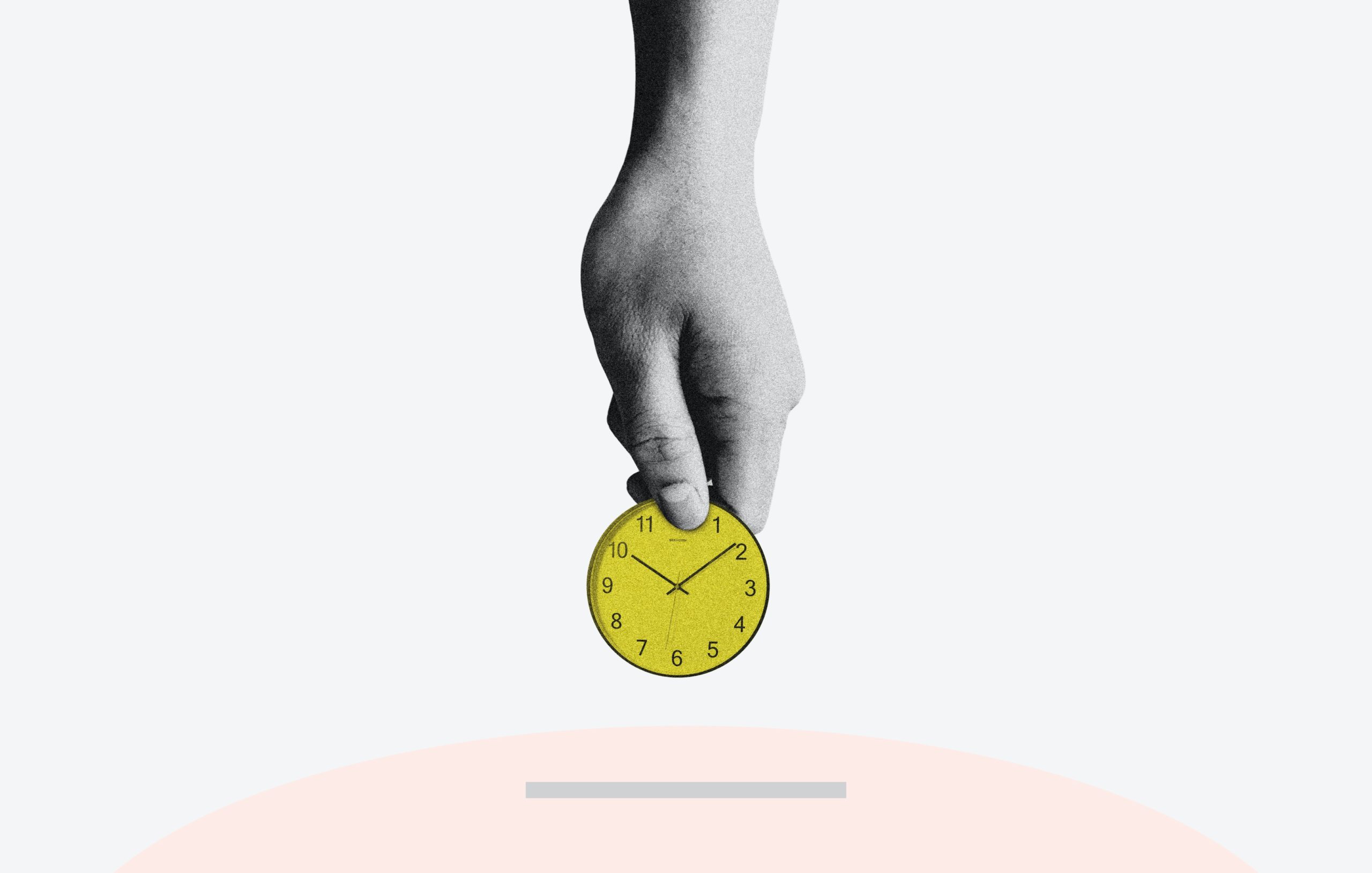If you run a startup or large enterprise, you know that dealing with outstanding invoices significantly impacts your cash flow. While sending a payment request email can put you in an uncomfortable situation, it’s often necessary. Still, getting customers to pay on time is the key to avoiding awkward conversations about late payments.
If you want to keep your cash flow healthy and settle your invoices on time, you’ll learn everything you need to know in this guide.
What is an outstanding invoice?
An outstanding invoice pertains to a sales invoice that a customer has yet to settle. Also known as an original invoice, this document will typically dictate a business’ payment terms, stating when a customer is expected to pay. For instance, an outstanding invoice might set payment terms of net-30, which means a customer has 30 days to pay their bill.
Why is it risky to have outstanding invoices?
Too many outstanding invoices don’t reflect well on any customer. A business owner with multiple unpaid or late invoices can ruin their business credit or get banned from placing new orders to various vendors.
In the worst-case scenario, a customer’s collection of unpaid, online invoices might be sent to a collection agency and face legal consequences.
Difference between outstanding and past-due invoices
Contrary to popular belief, “outstanding” and “past-due payments” are not interchangeable. Outstanding invoices pertain to all unpaid bills, while past-due invoices are unsettled bills past their deadline. As much as possible, customers should ensure that their outstanding invoices don’t become past due.
Collecting outstanding invoices
If you work with customers who frequently incur past-due payments, these tips can help them stay on top of their bills and prevent negatively impacting your cash flow.
- Provide clear terms and payment methods: The best way to ensure you get paid on time is to make it easy for customers to settle their bills. Include complete information such as due dates, invoice amounts, and payment methods.
- Send reminders before the due date: Busy customers will sometimes lose invoices under a mountain of emails. Send a friendly reminder a day or a few days before the invoice is due to ensure yours doesn’t become forgotten.
- Send a physical invoice: While the best way to send an invoice nowadays is digital, going old-school can provide your customer with a concrete reminder that they have an outstanding payment due.
How to follow up on overdue invoices in a professional manner
Invoices can quickly become lost under a sea of other documents, especially if you send paper invoices. So, if your customer hasn’t settled their bill, give them the benefit of the doubt and follow up professionally. If your customer’s unpaid invoice is only a few days late, you can follow up by:
- Sending a friendly follow-up email.
- Giving your customer a quick call.
- Mentioning their invoice payment in a meeting.
Pursuing legal action might not be necessary at this point in the process.
How to write a polite payment reminder email
When sending email reminders for an outstanding invoice, you want to be aware of your timing. Send the email a week in advance, and you could risk getting your request buried under hundreds of other emails. The best time to send a reminder email is the day before an invoice is due – this keeps your deadline fresh in their minds.
When writing your email, include the following essential information:
- The invoice number.
- Your company name and project title.
- The invoice amount.
- The due date.
- Your payment terms and payment methods.
Keep your language direct but friendly to ensure repeat business in the future. Consider using payment reminder email templates, such as the following.
“Hi there [Name],
We hope this message finds you well. This is to remind you that your payment for invoice # [number] worth the amount of [amount] is due on [date].
These are our accepted payment methods: [list methods]. Should you have any questions regarding your invoice, please don’t hesitate to reach out.
Sincerely,
[Your name]”
How to get paid on time for outstanding invoices
Late payers can significantly impact your cash flow, so how do you get them to pay on time? Here are a few tips for avoiding delinquent customers.
1. Have a late payment fee on your invoices
If your customer is already struggling to pay their existing bill, chances are they’re not going to want to rake up more charges. Clearly stating a late fee in your payment policy can encourage them to pay on time – or even pay early.
2. Write a request letter or email
If your customer fails to settle their invoice on time, the first thing you want to do is send a request letter or email. Keep your tone professional and friendly yet firm. Include all the necessary information to make settling their bill easy.
3. Send an overdue invoice
Chasing an invoice that is weeks overdue can be a nuisance, but your persistence should hopefully get your customer to pay close attention!
4. Send a statement of accounts
You can put things into perspective for your customer by sending them a statement of accounts, reflecting all the outstanding invoices.
5. Make a phone call
In some cases, getting your customer on the phone is more effective than sending multiple emails. Plus, phone calls are much more difficult to ignore. When you get your customer on the phone, politely remind them of their overdue payment and reiterate any details you’d include in an email.
6. Cut them off until the invoice is paid
Keep your business sustainable by halting all projects with non-paying customers until they settle their existing invoices.
7. Hire a debt collector to go after your unpaid invoices
A debt collector can easily get your money back in the worst-case scenario, but most will take 25% of the cut. Resort to hiring a debt collector only if you are ready to cut ties with your customer – they likely won’t want to do return business after dealing with any legal consequences.
8. Involve a lawyer
A debt collector might fail to get your money back in rare cases. If you experience this, it might be the right time to consult with a lawyer who can deal with sole traders, partnerships, companies, and other business entities. However, hiring a lawyer can quickly become expensive and complicated, so this should be your last resort.
What is the standard late fee on an invoice?
Late fees on overdue invoices might vary from state to state, though most freelancers and small businesses charge a 1.5% monthly interest. If you’re not sure how much to charge for an unpaid invoice, consult with your state laws. Larger enterprises might charge a late fee of 2.5% to 5%, depending on the cost of the project and payment terms.
Outstanding invoices: Key takeaways
While chasing late payments can be a chore, it’s often a necessary evil for businesses that want to keep their cash flow healthy. Hopefullytips listed above can help you settle overdue notices and prevent late payments in the first place.
Do you want to keep better track of your customers and what they owe you? Method CRM is a comprehensive CRM platform that integrates with QuickBooks and streamlines your entire workflow!
Say goodbye to outstanding invoices! Start your free trial today!
Image credit: Morgan Housel via Unsplash






